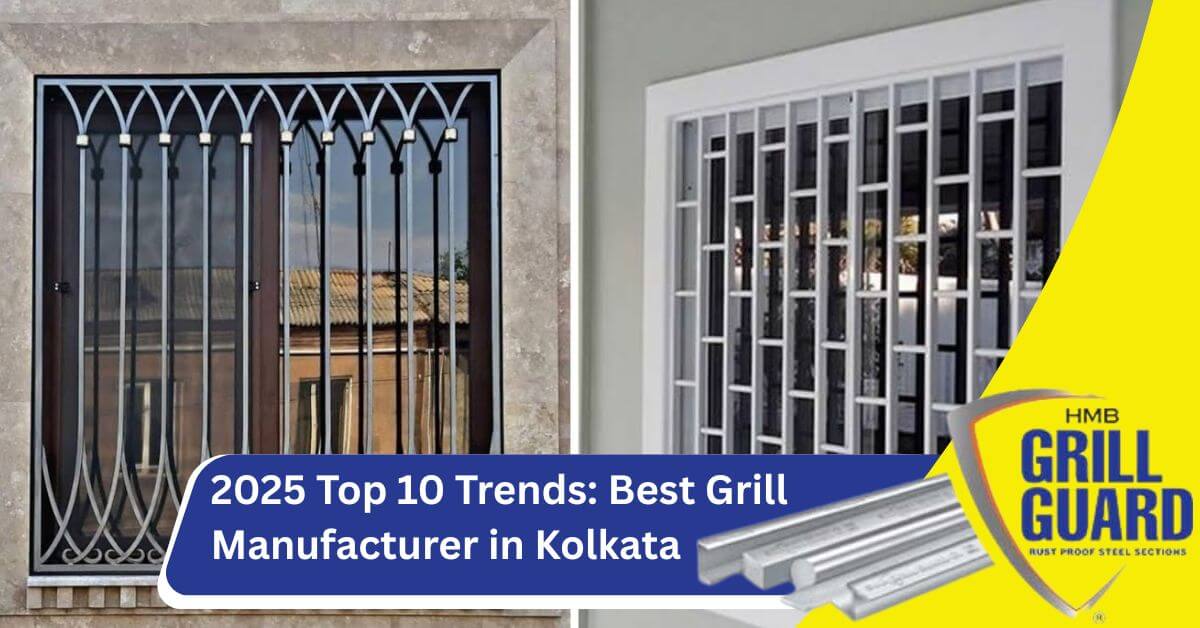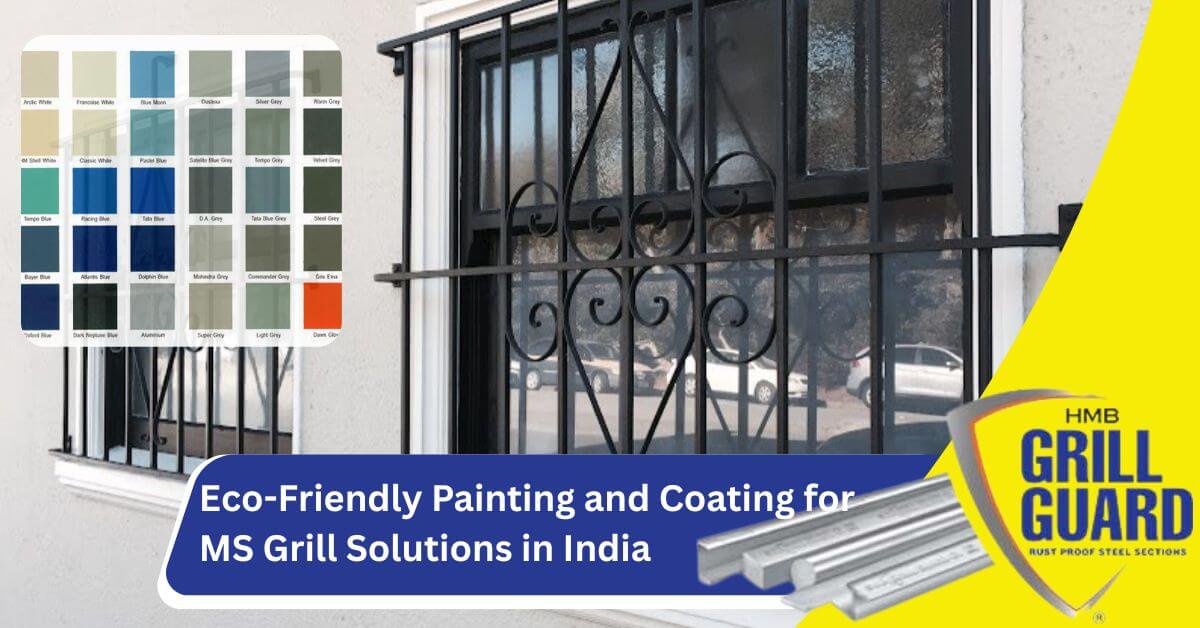On many steel products, moisture can wreak havoc. For instance, products made of carbon steel are prone to oxidation when they are exposed to moisture. When the moisture settles on the surface of the carbon steel product, it may trigger a chemical reaction. This is known as oxidation. It eats through the material from which it is made. Some products are made of either galvanized steel or zinc plated to protect against oxidation.
Zinc Plated Steel
Zinc-plated steel is a steel that has been treated with a layer of zinc. It comprisesa thin but solid coating of zinc over its surface. This shields the underlying steel of the product. Zinc offers protection at a superior level against oxidation compared to untreated and raw steel. In fact, zinc corrodes at around 1/30th the rate of untreated and raw steel. So, zinc-plated steel is resistant to oxidation-related damages like corrosion and rust.
Zinc Plating has gained broad acceptance as a surface finish for commercial and industrial products. The attractive appearance, protective nature, and relatively low cost of zinc plating make it a popular coating for metal stampings, washers, nuts, bolts, fabricated parts, and automotive components used for industrial applications. Commerce Zinc is the label or name specified to a zinc finish specification that isgenerally used to finish metal parts. It offers a basic range of zinc finish protection while specifying ‘Commercial Zinc’. The normal composition has a 0.0002″ thickness of electroplated zinc. Moreover, some commercial zinc formulations also add a chromate top covering to protect the zinc finish.
There are various ways of making zinc-plated steel. A common method involves bathing the steel in an electrolyte solution. This solution contains zinc particles that cling to the steel product’s surface. An electrical current is being applied to the bathing container. The zinc particles attract to the steel product’s surface when it is exposed to this electrical current.Galvanized Steel
On the other hand, galvanized steel refers to the steel that has been galvanized. Similar to Zinc plating, galvanization is a metal treatment process that protects against oxidation. It also involves the use of zinc. Both galvanized steel and zinc-plated steel feature a protective layer of zinc. Zinc’s outer layer shields the raw steel from moisture so it does not corrode or rust.
What’s the difference?
Both galvanizing and zinc platings are applications of zinc plating, and both feature zinc.Zinc-plated steel is created using an electric current, whereas galvanized steel is created using the hot-dip method. The key difference lies in the thickness. Normally, Zinc plating is 0.2 mils thick, whereas Hot dip galvanizing can be 1.0 mil thick. With galvanizing, you get more than five times protection. Every true galvanizing is hot dip galvanizing. The parts that are to be galvanized are submerged in liquid, molten zinc, therefore the name ‘hot dip’.
In a furnace, the zinc particles are smelted. Then the steel product is submerged in the newly molten zinc. It is allowed to cool after removing the steel product. This will result in the hardening of the zinc particles, andit will subsequently form a solid barrier surrounding the steel product. A galvanized product will not show any signs of rust even after staying outdoors for 20 years. The galvanized product will form one white protective coating known as Zinc Oxide, which adds to its protective properties.
Wrapping Up
Zinc-plated and galvanized steel both are resistant to oxidation. They don’t contain exposed steel. Instead, they consist of a layer of zinc over them. Galvanized steel comprises the hot-dip method, whereaszinc-plated involves using electrical current.
Zinc Plated Vs. Galvanized Steel
Categories
TESTIMONIALS
Check out our customer and dealer testimonials for our MS steel products which are proven to be the strongest and most flexible and a favorite among fabricators/masons now. Create timeless grill designs with HMB steel products now.
Useful Links
HMB ISPAT PRIVATE LIMITED
GSTIN: 19AACCB6516F1ZT
CIN NO: U27109WB2005PTC103895
Head Office: Godrej Genesis Building,
11th Floor, Office No – 1103, Street Number 18, Block EP&GP, Sector V, Bidhannagar,
Kolkata, West Bengal 700091
Plant: Palitpur Road, Dewandighi, PO: Mirzapur, East Burdwan,
West Bengal – 713102
Website: www.hmbgroup.co.in
Copyright @ HMB Group, All Rights Reserved







